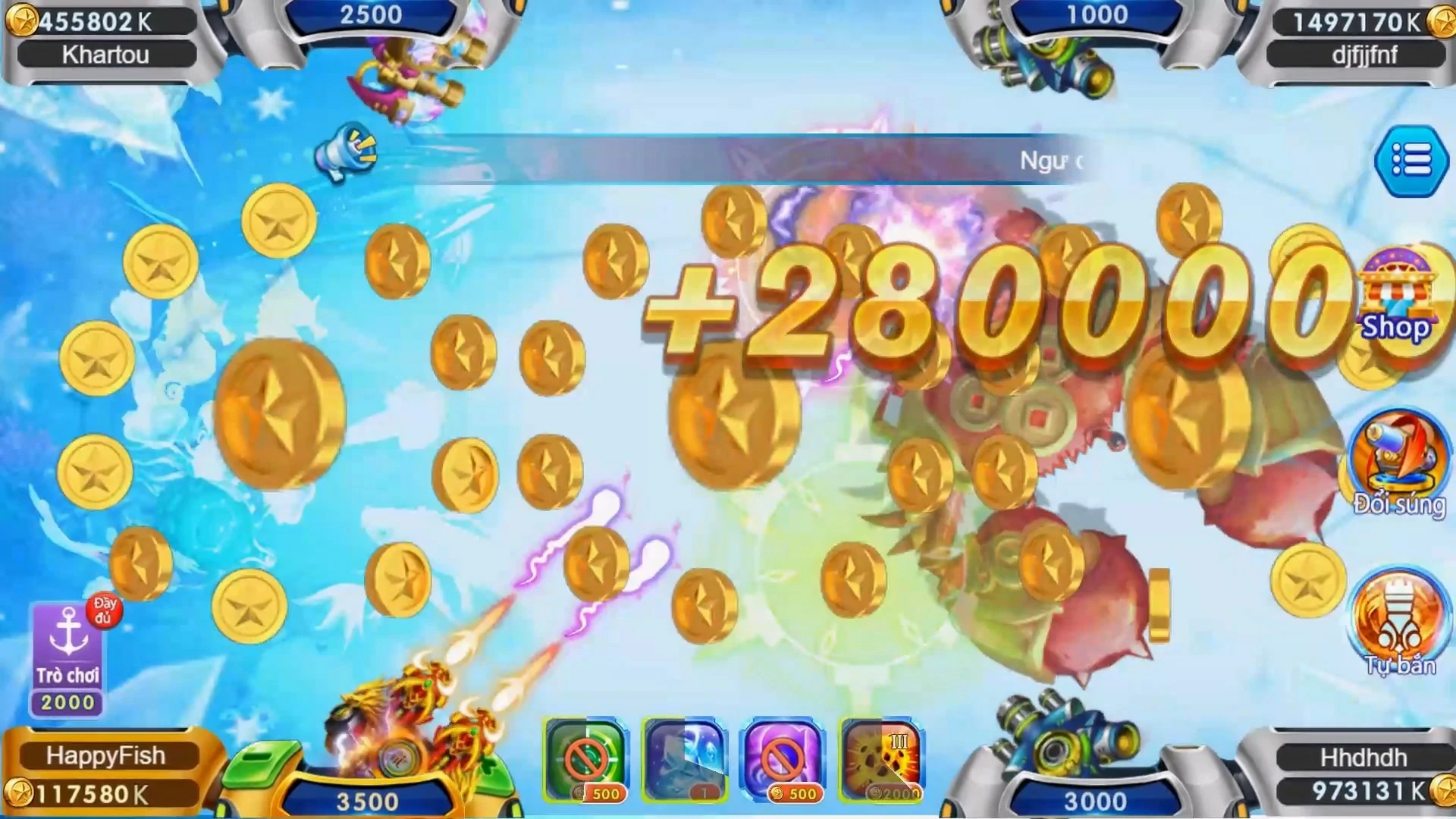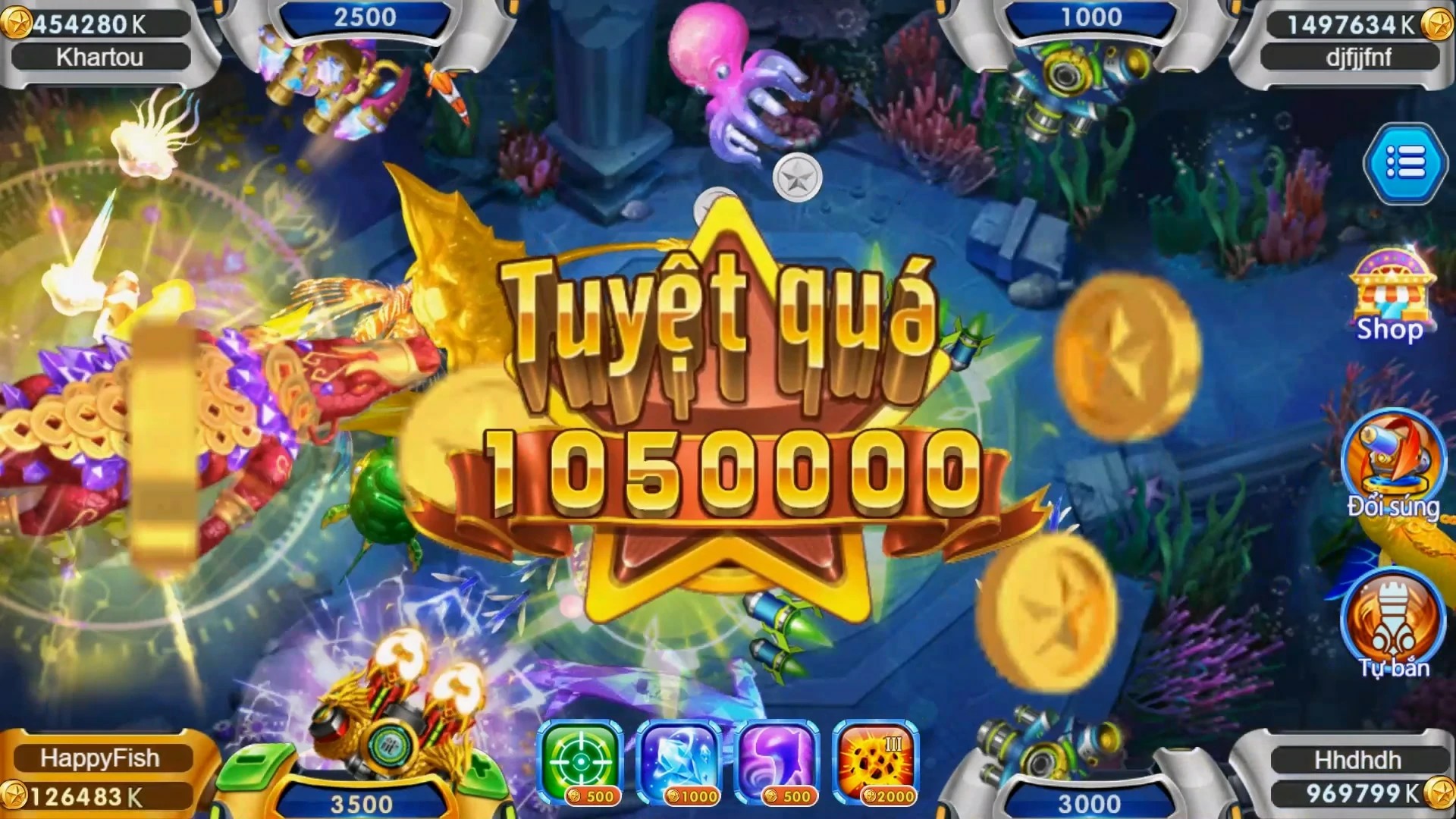From MMORPGs to Hyper Casual Games: Exploring the Evolution of Online Gaming
Online gaming has undergone a significant transformation over the years. From the complex worlds of MMORPGs (Massively Multiplayer Online Role-Playing Games) to the simplicity of hyper-casual games, the landscape has shifted dramatically. In this article, we will delve into the evolution of online gaming, highlighting key changes, trends, and what the future might hold.
The Rise of MMORPGs: A New Era of Gaming
MMORPGs became a staple in the early 2000s. Games like World of Warcraft and Guild Wars attracted millions of players, immersing them in vast fantasy worlds. The social aspect was unparalleled; players formed communities, participated in large-scale battles, and engaged in questing together. Let's explore why these games gained such enormous popularity:
- An Immersive Experience - Players could escape reality and enter a world of fantasy.
- Community Building - Players formed bonds and friendships in their gaming guilds.
- Endless Content - With extensive lore and continuous updates, there was always something new to explore.
The Transition to Casual Gaming
As gaming technology advanced, the demographics of players began to change. The average gamer was no longer just a teenager or young adult; it included people of all ages. This shift opened the door for hyper-casual games. These games are characterized by their simple mechanics, quick gameplay, and accessibility. Titles like Flappy Bird and Crossy Road made it easy for anyone to pick up and play.
Key Characteristics of Hyper-Casual Games
Hyper-casual games typically share several important traits:
| Characteristic | Description |
|---|---|
| Simple Gameplay | Minimal rules make it easy to understand without tutorials. |
| Short Play Sessions | Games are designed for quick sessions, perfect for mobile play. |
| Free-to-Play Model | Monetized through ads or in-app purchases, making it accessible. |
MMORPG Elements in Casual Games
Interestingly, even in hyper-casual titles, remnants of MMORPG elements can be found. Games like Clash of Clans integrate strategic gameplay with social features akin to MMORPGs. Players build their villages and engage in clan wars, echoing the community-driven aspects of MMORPGs. Furthermore, games are adding depth through base-building features such as the Clash of Clans builder base level 8, expanding on casual engagements without overwhelming players.
The Global Expansion of Online Gaming
The popularity of online gaming isn’t confined to Western nations. Various regions, including LATAM (Latin America), have seen a surge in mobile gaming adoption. With titles like Delta Force LATAM, developers are focusing on localized content to tap into these growing markets effectively. This reflects a broader trend in online gaming to cater to diverse audiences and preferences.
Future Trends: What Lies Ahead?
The future of online gaming continues to evolve. Here are some potential trends worth keeping an eye on:
- Increased AR/VR Integration - Expect more immersive experiences with augmented and virtual reality.
- Cloud Gaming - Accessing games from any device without heavy hardware requirements.
- Cross-Platform Play - The ability to play seamlessly across different devices.
Conclusion
The evolution from MMORPGs to hyper-casual games illustrates how online gaming adapts to the changing preferences of players. While MMORPGs offered depth and community, hyper-casual games provide an easy entry point for new gamers. As technology advances, we may see a fusion of these styles, creating an even more vibrant gaming environment. Understanding these shifts is crucial for developers and gamers alike, as we head into a future filled with endless possibilities.



